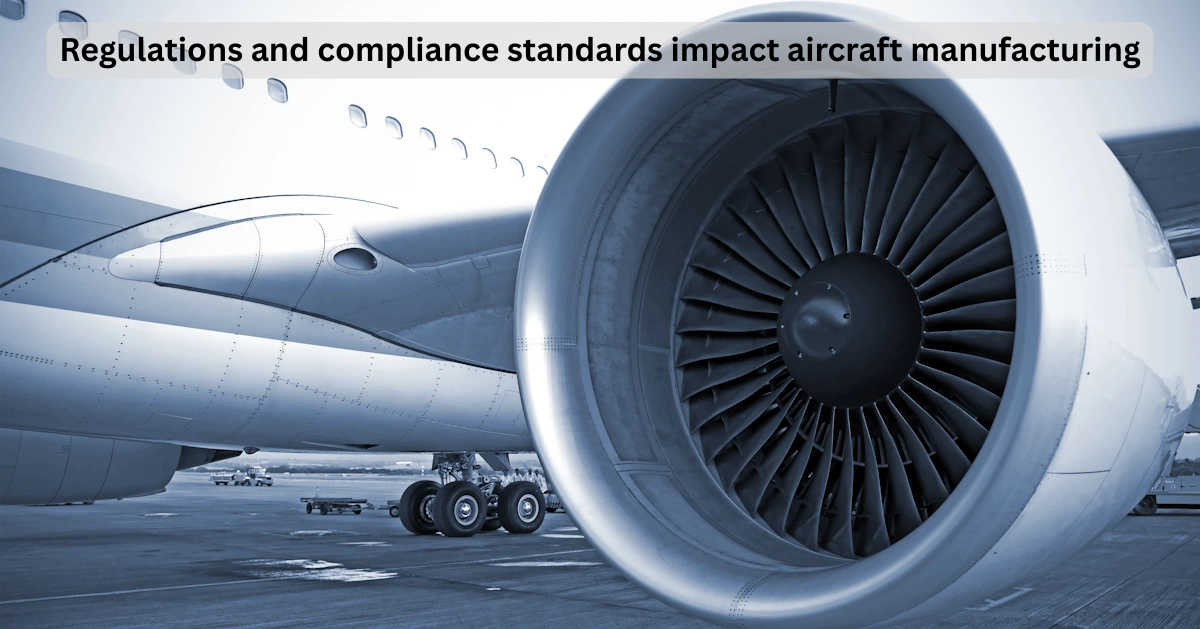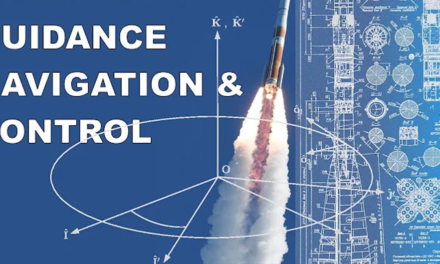Regulations and compliance standards set by agencies like the Federal Aviation Administration (FAA) in the United States and the European Union Aviation Safety Agency (EASA) in Europe have a profound impact on aircraft manufacturing, ensuring safety, reliability, and environmental responsibility. These standards influence every stage of the design, production, and certification process. Here’s how they affect aircraft manufacturing:
1. Ensuring Safety and Airworthiness
- Certification Requirements:
- Aircraft manufacturers must ensure compliance with regulations to achieve Type Certification (TC) for new designs and Production Certification (PC) for manufacturing facilities.
- These certifications demonstrate that the aircraft meets airworthiness standards.
- Component Safety Standards:
- Every component, from engines to avionics, must comply with safety standards. This includes rigorous testing to withstand conditions like turbulence, extreme temperatures, and pressure changes.
- Example:
- FAA’s 14 CFR Part 25 and EASA’s CS-25 specify design and performance standards for transport-category airplanes.
2. Stringent Testing and Validation
- Ground and Flight Testing:
- Manufacturers must conduct extensive ground and flight tests to verify performance and safety under real-world conditions.
- Tests cover structural integrity, system reliability, engine performance, and emergency scenarios.
- Documentation:
- Detailed test reports and data must be submitted to regulatory agencies for review and approval.
- Impact:
- Increases the time and cost of bringing a new aircraft to market but ensures high safety standards.
3. Influence on Aircraft Design
- Compliance-Driven Design:
- Regulatory standards dictate specific design aspects, such as emergency evacuation systems, fireproof materials, and noise levels.
- Manufacturers must integrate these requirements into their designs from the outset.
- Environmental Considerations:
- Regulations like ICAO’s Annex 16 and EU’s REACH enforce limits on emissions, fuel efficiency, and the use of hazardous materials.
- Example: Engines must comply with Stage 5 noise standards and CO₂ emission targets.
4. Production Processes and Quality Assurance
- Production Certification:
- Regulatory agencies audit and certify production facilities to ensure that manufacturing processes consistently meet standards.
- Example: FAA’s 14 CFR Part 21 outlines requirements for production certification and quality systems.
- Supply Chain Oversight:
- Manufacturers are responsible for ensuring that suppliers meet regulatory standards, including quality, material traceability, and safety compliance.
- Impact:
- Requires robust quality management systems, such as AS9100, to maintain compliance throughout the supply chain.
5. Maintenance and Post-Delivery Support
- Maintenance Requirements:
- Aircraft must be designed for maintainability, complying with standards for inspections, repairs, and overhauls.
- Example: FAA’s 14 CFR Part 43 and EASA’s Part M govern maintenance procedures.
- Continued Airworthiness:
- Manufacturers must provide documentation, such as Maintenance Manuals and Airworthiness Directives (ADs), to ensure ongoing compliance.
- Impact:
- Adds complexity to aircraft design and necessitates long-term manufacturer involvement.
6. Environmental and Sustainability Standards
- Emissions and Noise Regulations:
- Aircraft must comply with emissions standards set by ICAO and national agencies.
- Noise reduction is a key focus, influencing engine design and aerodynamics.
- Sustainability Goals:
- Regulations encourage the use of sustainable materials and fuels (e.g., Sustainable Aviation Fuels – SAFs) and mandate recycling end-of-life aircraft.
- Impact:
- Drives innovation in lightweight materials, fuel-efficient designs, and alternative propulsion systems (e.g., electric or hydrogen).
7. Global Harmonization Challenges
- Divergent Standards:
- Manufacturers must navigate different regulations from multiple authorities, such as FAA, EASA, Transport Canada, and others.
- While many standards align, variations can lead to additional costs and delays in certification.
- Reciprocal Certification:
- Agreements like the Bilateral Aviation Safety Agreement (BASA) between the FAA and EASA streamline certification but require meticulous documentation and validation.
8. Impact on Innovation
- Balancing Innovation and Compliance:
- Manufacturers must innovate while adhering to established safety and performance standards, which can slow the adoption of new technologies.
- Example: Electric and hydrogen-powered aircraft face additional regulatory hurdles due to the novelty of their systems.
- Proactive Engagement:
- Collaboration with regulatory agencies during the early stages of development can mitigate delays.
- Example: FAA’s Part 23 Reorganization modernized small aircraft certification to accommodate emerging technologies.
9. Economic Impact
- Increased Costs:
- Compliance with stringent regulations adds to R&D, testing, and certification costs.
- Example: Certifying a new commercial aircraft can cost billions of dollars and take several years.
- Market Entry Barriers:
- Smaller manufacturers and startups face significant challenges due to the high cost and complexity of regulatory compliance.
- Global Market Access:
- Certification from major agencies (e.g., FAA, EASA) is essential for international sales, making compliance a prerequisite for market entry.
10. Safety and Public Trust
- Foundation of Safety Culture:
- Regulatory oversight ensures that safety is prioritized over cost or efficiency.
- Building Public Confidence:
- Adherence to rigorous standards reassures passengers, airlines, and governments about the reliability and safety of aircraft.
Challenges Faced by Manufacturers
- Evolving Regulations:
- Adapting to new or updated standards can disrupt production timelines and increase costs.
- Documentation Burden:
- Maintaining detailed compliance documentation across the design, production, and operational lifecycle is resource-intensive.
- Emerging Technologies:
- Certifying new technologies (e.g., autonomous systems, advanced materials) often requires developing new regulatory frameworks, creating uncertainty and delays.
- Global Coordination:
- Variations in regional regulations complicate global manufacturing and certification efforts.
Examples of Regulatory Impacts
- Boeing 737 MAX Grounding:
- Regulatory reviews and updates following safety incidents highlighted the importance of rigorous compliance during certification and production.
- EASA’s Role in the A350:
- EASA certification standards influenced the design of the Airbus A350, ensuring compliance with environmental and safety requirements.
Conclusion
Regulations and compliance standards from agencies like the FAA and EASA are integral to ensuring the safety, reliability, and environmental sustainability of aircraft. While these standards add complexity and cost to manufacturing, they foster innovation, build public trust, and ensure that the aerospace industry meets its rigorous safety and operational goals. Close collaboration between manufacturers and regulators is essential to navigate these challenges effectively and maintain the industry’s growth and reputation.
Hashtags
#AviationRegulations #ComplianceStandards #AircraftCertification #AerospaceCompliance #RegulatoryFramework #FAACompliance #EASAStandards #AviationAuthorities #GlobalRegulations #FlightSafety #QualityAssurance #AerospaceSafety #SafetyFirstAviation #TestingAndValidation #ManufacturingCompliance #GreenAviationRegulations













